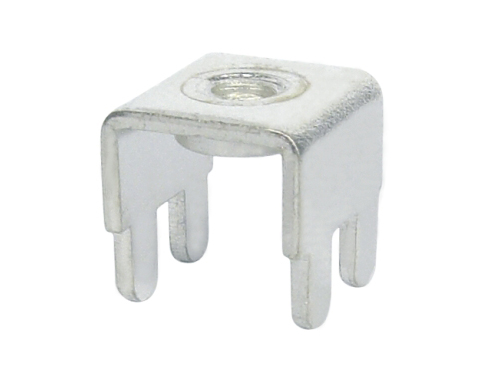What are the common fatal faults of wiring terminals
There are three main fatal faults that terminal blocks may encounter during use. What are the common terminal block faults?
1. Poor contact
The metal conductor inside the wiring terminal is the core component of the terminal, which transmits voltage, current, or signals from the outside to the corresponding contact parts of the connector. It plays a significant role in the overall circuit. Therefore, the contact parts must have excellent structure, stable and reliable contact retention force, and good conductivity.
Due to the unreasonable design of the contact structure, incorrect material selection, machining size deviation, unstable mold, harsh storage and usage environment, and improper operation, poor contact and mating parts of the contact parts can form.
2. Poor insulation
The function of an insulator is to maintain the correct alignment of the contacts and to insulate them from each other, as well as from the shell. Therefore, insulation components must have
3. Poor fixation
Insulators not only serve as insulation, but also provide precise alignment and protection for extended contacts. They also have the function of installation positioning, locking and fixing on the equipment. Poor fixation may affect the reliability of contact, resulting in instant power outage. The most serious issue is product disassembly. Due to unreliable design, incorrect material selection, improper selection of forming processes, poor quality of heat treatment, fusion welding, and inadequate assembly, poor fixation can occur.
In addition, appearance defects caused by peeling, corrosion, bruising, cracking, deformation, and other reasons of the coating, as well as exchange defects caused by oversized positioning and locking fit dimensions and poor machining quality consistency, are also common diseases. These types of faults can generally be detected and eliminated in a timely manner during inspection and use.

 Mobile website
Mobile website Scan and follow
Scan and follow
